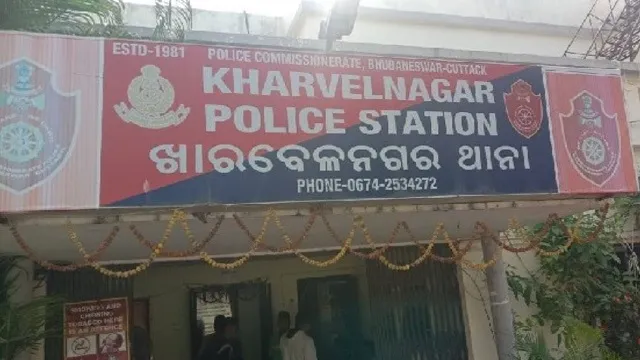

Bhubaneswar, Dec 28: Panic broke out near Big Bazaar under the Kharvela Nagar police station limits on Sunday evening after a youth reportedly attacked two individuals with a sword on a busy street.
Sources said the incident began with a heated argument among staff members of a private retail outlet gathered outside the store. What started as a minor disagreement quickly escalated into pushing and shoving.
Suddenly, the accused, identified as Aditya Pradhan, allegedly chased Ramesh Sethi and Amar Pradhan and attacked them with a sword. Both victims sustained serious injuries and were immediately taken to Capital Hospital for treatment.
Police, who arrived at the scene after being notified, have launched an investigation into the incident.